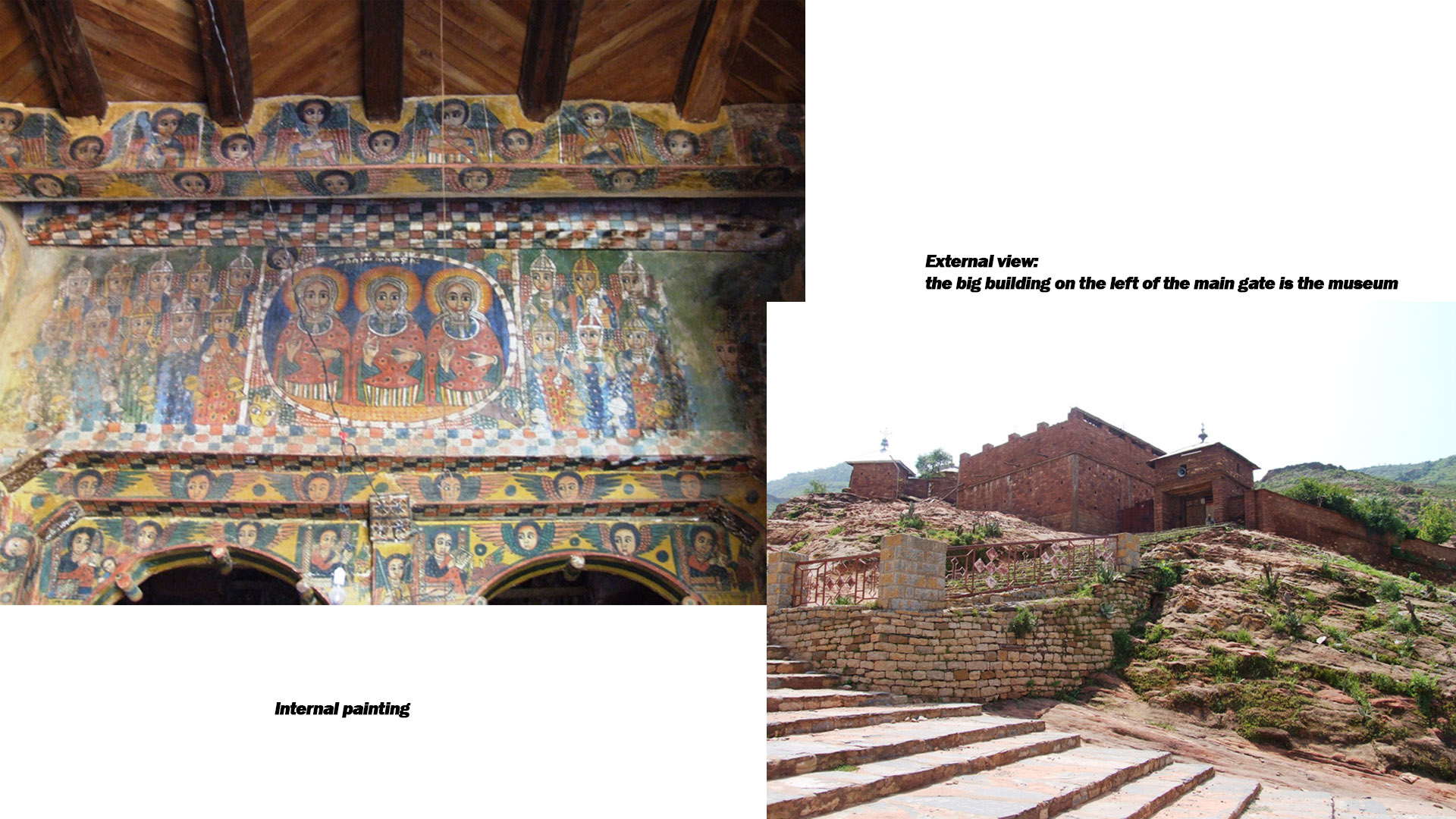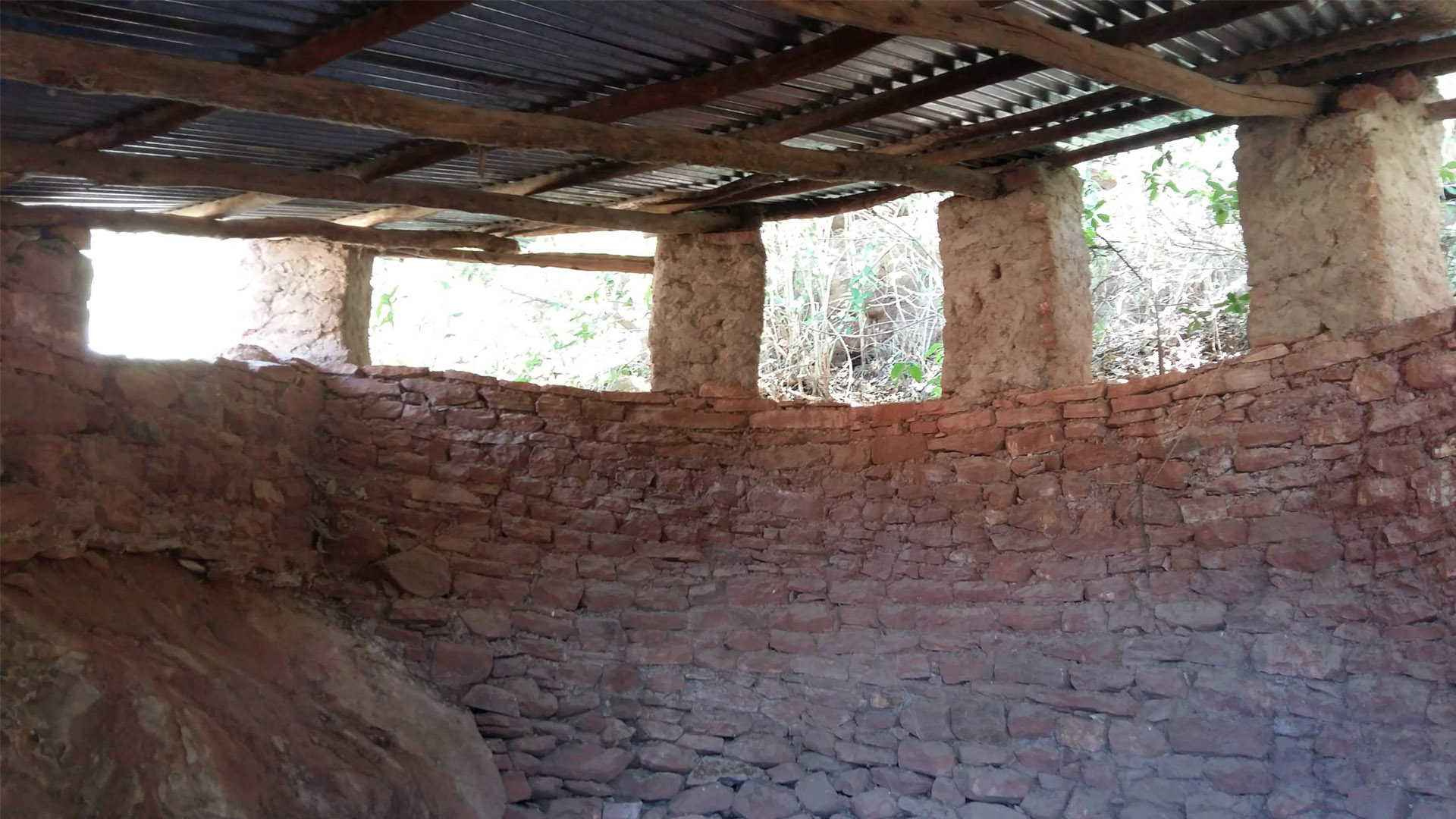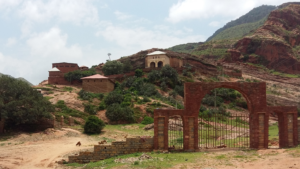Carved entirely out of a protruded sedimentary rock recessed into a continuous chain of mountains, Abraha We Atsbeha is one of the finest of rock churches in Tigrai. It is easily accessible on the main asphalt road 16km Wuqro to Gheralta. The church has a massive cruciform interior, perhaps the largest of the region’s rock-cut churches, and an elaborately carved roof supported by thick pillars and decorated arches.
It was excavated between 335 and 340 AD by the two twin-brothers kings Ezana and Sayzana, later on, named Abraha and Atsbeha, whose mother is from the area. Centuries later after it was carved and put into active religious service, it was attacked by Queen Yodit, who took ill immediately on entering, only to be swept to her death by a heavenly gale that landed her body on the outskirts of Wukro at a place known as Adi Akawuh, now an active archaeological site.
Ezana the great of Axum, One of the two powerful brothers, was the ruler of the Kingdom of Aksum an ancient kingdom centered in what is now Tigrai, ruled present-day Eritrea and Ethiopia as far as Yemen and part of Suda. King Ezana became the first King in Africa to receive Christianity and made his Kingdom the first Christian Kingdom on the continent. He minted coins with the sign of the cross on them so as to spread his religion throughout his Kingdom and neighboring kingdoms and trading partners
The church’s claim to antiquity is enhanced by multiple ancient artifacts in the adjoining museum. The mummified bodies of the two brother-kings are interred within the Holy of Holies in this church and the religious servants and local guides narrate that the last priest who tried to open the coffin to take a peek inside had his hands badly burnt by supernatural fire, dissuading further clerical curiosity-seekers from following his example.
This church has been in continuous use for nearly 1800 years (except for a few periods of political instability). This is an active church with a large congregation–and because the church is well-known due to its antiquity, it is a site of pilgrimage for devout Orthodox believers. The day of pilgrimage is 4 Tiqmti (which works out as October 14 in GC calendar).
The chanting room has a soft carpet on the floor, wonderful murals of Biblical scenes and illustrations from the mythologies of Christian saints, prayer crutches (for those long, long services–something to lean on), and drums. Drums are an important part of worship ceremonies in Tigrai Orthodox Church followers. The drums come with a strap so the priest can lift them with, beating the drum rhythmically while singing softly in Ge’ez, the ancient liturgical language of the Tigrean Orthodox Church. If it isn’t busy, the priest is friendly and they will demonstrate the drumming and chanting for you outside of the regular service.
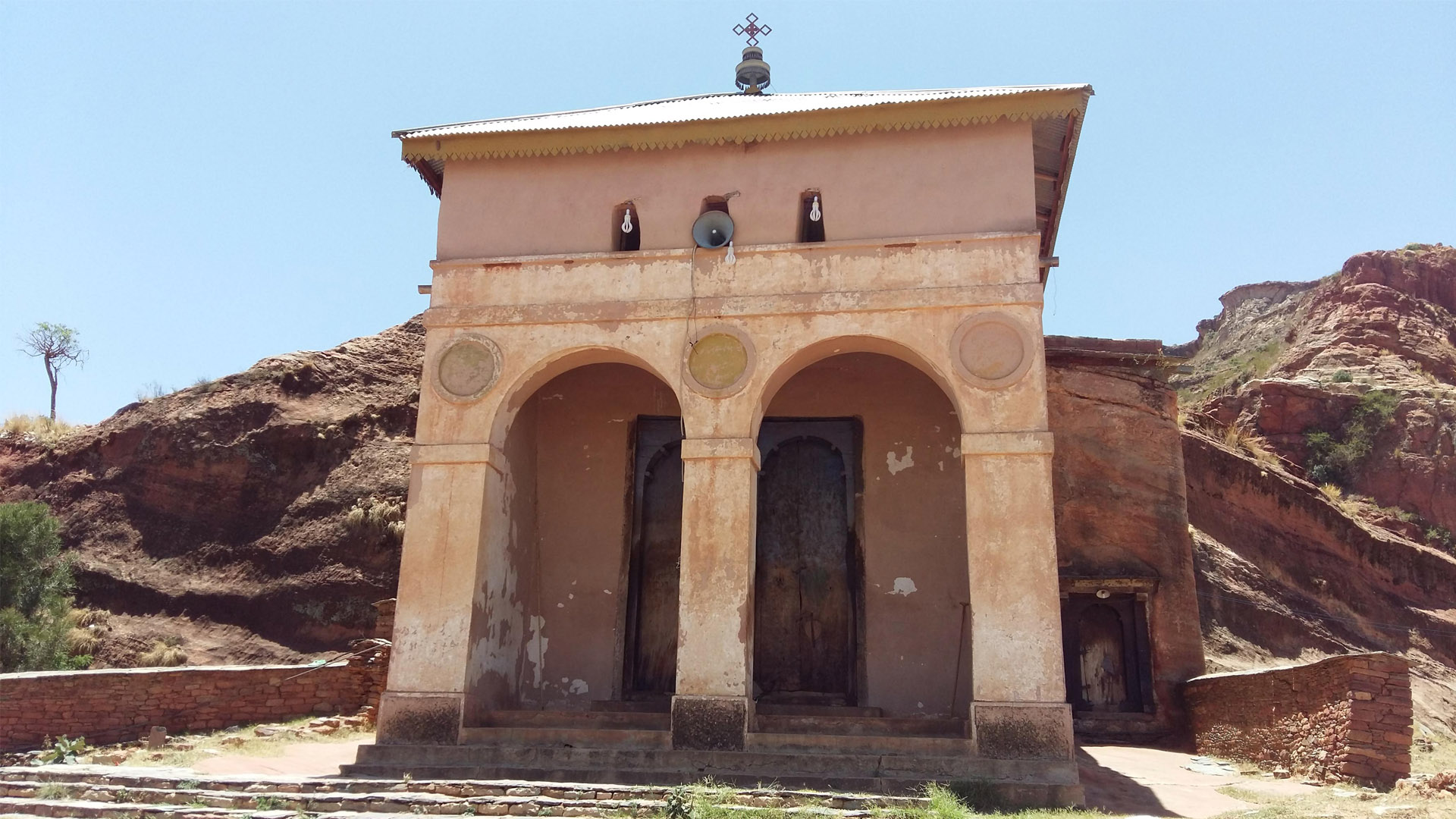
The walls of the chanting room are covered with lovely murals and each is worth exploring. You could spend hours sorting out the iconography and symbolism of these paintings, which are later than the original construction of the church. From the chanting room, you step through another doorway into the sanctuary. Remember, please, that this church was not built, it was carved from a solid piece of rock. All of the “open space” you see here was carved away, bit by bit, to leave the pillars, the ceiling, the walls of this church as a single piece. Amazing!
A few hundred meters to the northeast of the church at the foot-hill of the continuous same mountain is holy water. Legend tells that people carving the church became thirsty and King Ezana, upon communicating with God, hit the rock to only find spring water out of the rock cracks. Drinking this holy water, the local priests and deacons, believe that your voice will become so melodic and attractive for church service like the voice of Saint Yared.
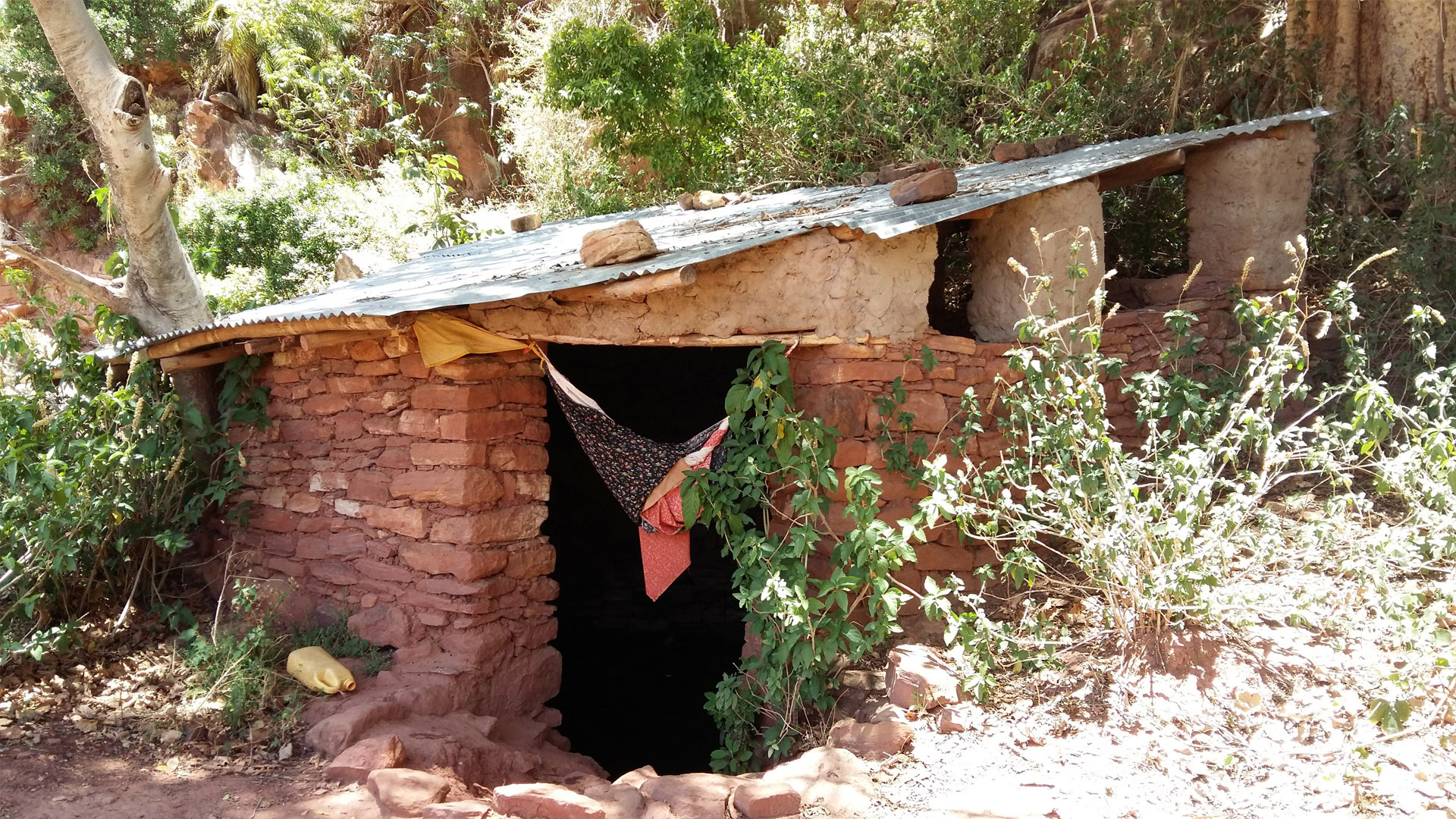
At Hadgi, we arrange regular and custom tours to this amazing rock church.


